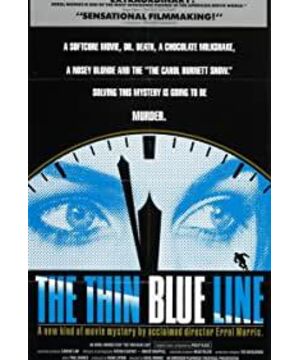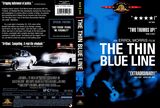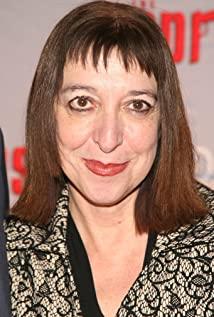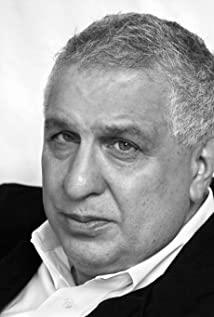"The Thin Blue Line" uses character interviews to run through the entire film, acting as a role in promoting the development of the story, and supplemented by "fact shots" to restore the scene, subverting the traditional method of documentaries in the past, giving people a sense of a whole new experience.
As a representative of a new documentary film, this film uses "fictional means" to restore the facts in their own eyes according to the different accounts of the suspects and witnesses. A mirror without memory", allowing the audience to infer the truth of the matter by themselves, which can be described as "silence is better than sound at this time". The doubts gradually surfaced with the different accounts of suspects and witnesses, exposing people's long-standing stereotypes: when a policeman is dead, a criminal needs to be sentenced to death; it is better to sentence a 16-year-old child than a 28-year-old adult because That would ruin a young man's future... Exposes a series of problems in the American legal system, which is also what this documentary brings to our minds. In this sense, through "new fiction" instead of traditional "replay" or "reconstruction", the audience can better integrate into the film, generate their own thinking along with the development of the plot, review the past and focus on the present , focusing on "how real life has become what it is now", enhances the audience's interest in paying attention to history and the future, thereby triggering social thinking and transformation. Indeed, the film has done just that, and it has aroused great repercussions across the United States after it was broadcast, promoting the freedom of the innocent Adams, and also prompting people to think about the loopholes in the American legal system.
The film also focuses on editing close-ups. When the scene of the crime is restored in the title sequence, the "on-scene footage" accompanied by the sound of gunfire and the restored pictures of the police being shot are constantly interspersed to show the seriousness of the killing of the police, and also pave the way for witnesses to provide perjury for their own interests. The film then interspersed with close-up images based on the testimony of witnesses to show the fragmentation of memory, and also played a role in emphasizing the interview: the clock on the wall and the smoke in the ashtray kept switching to reflect the time; wort paste on the ground In order to show the negligence and shock of the female partner (it is difficult for people to remember the scene completely when they are frightened, on the other hand, it implies the credibility of the testimony); the close-up of the headlights compares "Vega" and "Comet" The difference between the two shows that the testimony needs to be scrutinized; the court sketch also shows the subjective color of the jury, the judge and others... A series of deliberately enlarged text symbols and picture symbols all imply metaphors of "out of context", And those witness photos zoomed into dots give the audience a visual impact, and several parts collide with each other to stimulate the audience's interest and thinking: what is the truth. But if you go out and look at it, it does not reflect the author's careful thinking, which information points the author wants people to see, the connotation of the information points themselves, the construction and deconstruction of the information between the author and the audience... I was reminded of the idea that "The Man with the Camera" was trying to convey to people. What I saw was only what the photographer wanted me to see? All I think is what the photographer wants me to think? ...
The shortcoming of this film is that the characters are not given a certain text description when they appear on the scene. If you can give a subtitle introduction to the person who appears in each interview, without the audience spending time recalling the identity of the speaker, the audience will be able to integrate into the plot and think deeply.
View more about The Thin Blue Line reviews









